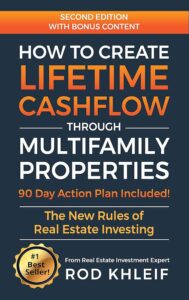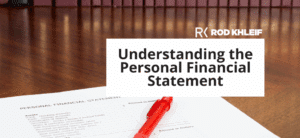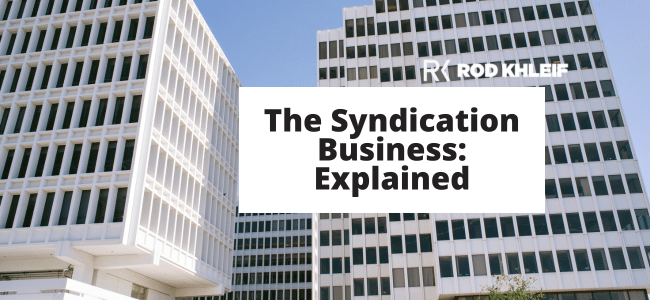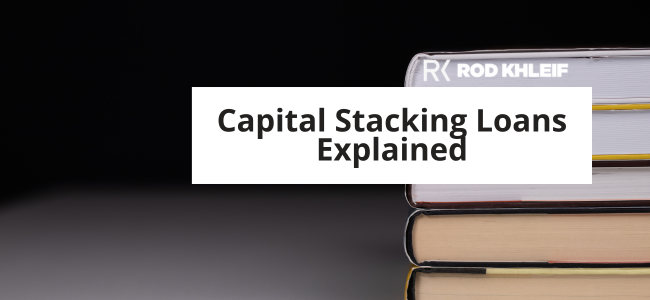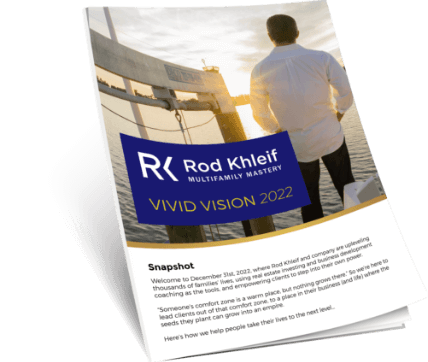Evaluating Expenses-Tricks of the Trade
As part of normal due diligence, an in-depth evaluation of expenses by line item is critical in understanding the past performance, and forecasting the future expectations for the asset.
In this article, I will walk you through most of the major expense categories that are associated with apartment properties, and offer insights regarding what you should be looking for.
However, before getting into specifics, let’s be certain that we are focusing upon the proper data. Of primary importance is the most recent twelve months of actual property performance, often referred to as “Trailing 12’s” or “T-12’s”. Also of importance are the two or three years of similar data for those years prior to the most recent 12 months. Evaluation of this data will provide a basis for comparison as well as provide insight into trends being evidenced at the property.

Do you want to learn more about Multifamily Real Estate Investing? Work with Rod in the Lifetime CashFlow Academy’s Multifamily Course & Coaching Program
Apply for Mentorship Download My Free 200 + Page Book to Learn More About Evaluating Expenses in Multifamily Investing
What you should not be focusing on are “pro-forma” projections provided by the seller and/or his or her agents. This is not a knock on either, but you will be best served by constructing your own projections, and avoid relying upon data provided by those who have a financial interest in making the data seem as positive as possible.
In many instances, the transfer of ownership will trigger a re-assessment of the property by the local taxing authority.
OK, let’s get to work. The first expense item I would like to address is property taxes. I cannot overstate the importance of really understanding this expense in order to get an accurate assessment of a property.
Property taxes are typically one of the largest expense items for a real estate asset, and that alone makes an understanding of them vital. However, what is of far greater importance is how taxes will respond to the purchase of the asset.
If the property has not been assessed recently and is currently being taxed well below the “fair market value”, a sale and re-assessment of the asset could result in a new property tax liability that is dramatically higher than what is currently being charged. 
It is critical that before purchasing an apartment property that you contact the local taxing authority and gain a clear understanding of how your purchase will affect property taxes.
Insurance is another significant line item, but is also one of the easiest to verify as accurate. Discussions with a few local insurance agents should allow you to ascertain exactly the type and extent of coverage you will need as well as an associated annual cost.
Like insurance, utilities are fairly straight forward in their assessment. A review of previous bills for items like electricity, water/sewer and natural gas will give you a clear understanding of monthly and annual costs.
Contract services like landscaping, snow removal, exterminating and waste removal can be some of the most difficult to predict. Fortunately, in most cases, these expense line items are typically not as significant as an item like property taxes. Waste removal is usually straight forward, but in northern climes, snow removal costs can vary significantly from year to year. Similarly, landscaping, especially lawn maintenance can be quite variable and is again dependent upon weather, especially rainfall. Predicting some of these is more art than science, but a review of a number of years of previous costs should allow you to be fairly accurate as costs while variable year to year, typically revert to the mean over time. 
Repairs & maintenance can be another significant line item, but is also fairly easy to quantify. The due diligence period is the time to thoroughly inspect the property and the utilization of a professional to assist with this is advisable.
The age of the property should also be considered, as logically, a new property will typically require only moderate annual repair costs while an older property will be the opposite.
In most months, a property (especially larger properties) will have new tenants move in and existing tenants move out. Turnover costs are those that include the cost to bring a vacated unit back to rentable condition. In most instances this includes a fresh coat of paint, a thorough cleaning and perhaps minor repairs and possibly carpet replacements. While variable in nature, these costs can usually be accurately estimated by applying a reasonable expected turnover rate to the property and combining that with the average cost to bring the unit back into rentable condition.
Personnel costs can be significant, but in the case of smaller properties (probably fewer than 50 or 75 units) there is no need to provide full time, salaried staff. For larger properties where salaried staff is advisable, the annual costs are typically quite verifiable, especially if you intend to keep the existing employees on after closing.
The advent of social media and the internet has allowed most properties to significantly reduce their leasing and marketing costs. This expense item is usually quite predictable, but may vary depending upon the current status of the property. For example, a property suffering from high vacancies will likely require increased marketing costs, at least over the near term, in order to stabilize the asset. Conversely, a fully occupied property whose tenant base is largely older will require only modest marketing, as older tenants are typically less likely to relocate.
Management fees will also need to be quantified. For smaller properties, self-management is often a viable option, and will obviously reduce or eliminate this cost. However, larger properties often require professional management, and while negotiable, the final cost is easily calculable. Typically a percentage of rental collections, the number will usually be higher for small properties and lower for larger assets, with costs generally ranging from 3% up to as high as 10%.
There are other expense items that may need to be evaluated, but in general the ones discussed above are those that you will encounter in most instances.
To learn more download my free book here.










